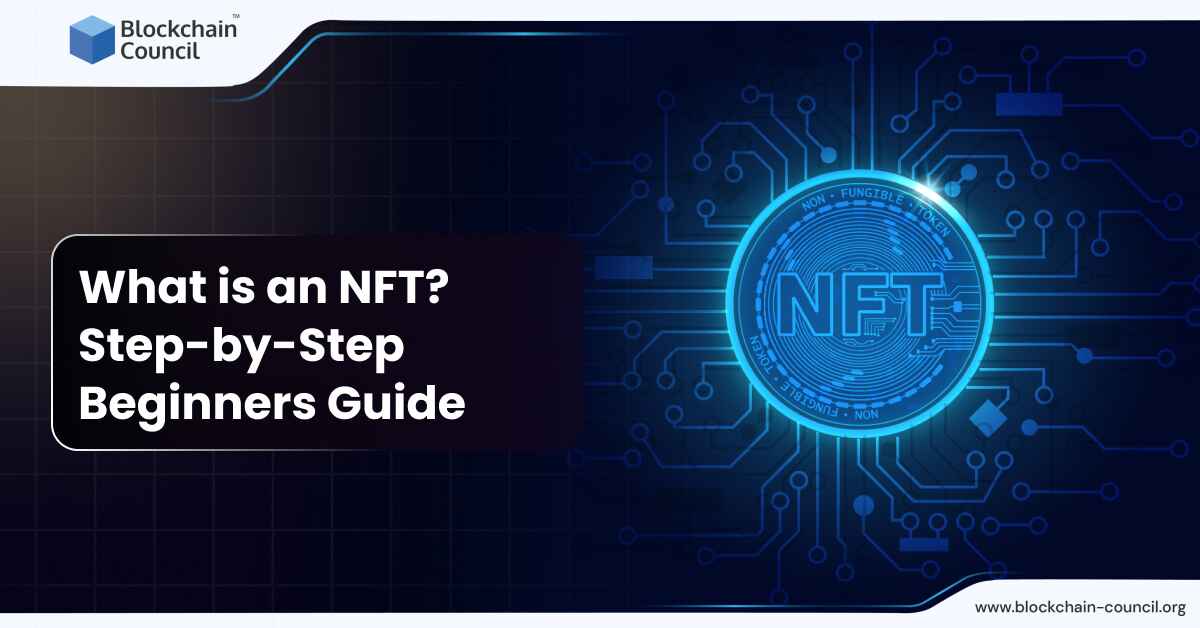
- Blockchain Council
- September 17, 2024
Consider scrolling through your social media feed and coming across a lovely painting that catches your eye. It’s a landscape scene with vibrant colors and a peaceful atmosphere that draws you in. You click on the link and discover that the painting is for sale in an online marketplace. It could be, say, a Van Gogh or Dali replica, and you know that the original, the one that must have been hand-made by the artist, would be sitting in some museum somewhere, or it could be with someone so rich that they have millions to spare just to have the original. Wouldn’t it be nice if you could have an original artwork? For most of us regular folks, it seems like a dream.
But not anymore! NFT is the way anyone can own a piece of something unique (like an original) and be completely sure that it is not a replica. For example, the former Twitter CEO, Jack Dorsey bought the first Tweet that was ever made on Twitter. Sounds strange, right? That digital asset was converted into an NFT, and even though the entire world can see that Tweet or have its pictures or even frame it for their living room, the original tweet would always belong to Jack Dorsey unless he decides to sell that NFT explicitly (and FYI, now it has been sold to others).
You must be curious about NFTs, so let’s get started!
What is an NFT, or What Does NFT Stand For?
NFT stands for ‘Non-Fungible Token.’ The word ‘fungible’ loosely translates to ‘replaceable,’ and ‘non-fungible’ implies non-replaceable. ‘Token’ generally means a digital asset. An NFT is therefore, a non-replaceable digital asset. It is a unique item that cannot be exchanged or replaced with another item on a one-to-one basis. This means that each NFT is distinctive in its own right.
Consider an NFT like a special trading card you might want to collect. NFTs are frequently used to demonstrate ownership of digital items such as artwork, collectibles, and other virtual items (even physical items are being tokenized now) They are stored on a computer system known as a Blockchain, which contributes to their security and verifiability. Think of Blockchain as the backbone technology that makes all of this happen.
NFTs are a novel and exciting way for people to acquire and own rare digital items. Assume you made a beautiful digital painting or designed a virtual trading card. You can convert that into an NFT, and once you do that, YOU (the account holder) would be the owner of THAT specific digital asset. Again, people can make copies of it (like one can make copies of a Van Gogh painting), but the original art would unarguably belong to you.
Sometimes buying a very expensive NFT can be out of reach for a single individual, in which case it can also be jointly owned by a group of individuals. This is called fractional ownership.
NFT transactions are made secure and conflict-free to some degree by using smart contracts. Smart contracts are contracts built on Blockchain that can execute automatically when certain agreed-upon and pre-coded criteria are met.
Key Features of NFTs:
- NFTs denotes ownership of a digital asset, such as artwork or a collectible. They enable people to own and trade one-of-a-kind digital items.
- NFTs are verified because they are stored on a Blockchain, which is a decentralized, secure (cryptographic security) computer system. This enables the authentication and ownership of an NFT to be confirmed.
- NFTs are generally produced in limited quantities, which maintains their rarity in some sense.
- NFTs can be divided into smaller units representing fractional ownership or smaller units of value.
- NFTs can be programmed using smart contracts. These are self-executing contracts in which the terms of the buyer-seller agreement are directly written into lines of code. This enables the automatic execution of specific actions or conditions.
- NFTs can be used on various platforms and applications, allowing for multiple usage and possibilities.
Types of NFTs or Digital Assets
NFTs can be used to represent digital art ownership, allowing artists to sell their work directly to collectors while also allowing collectors to verify the authenticity of their purchases.
One of the most common applications for NFTs is digital collectibles. These can include virtual trading cards, in-game items, and other collectible digital assets.
Real estate NFTs can represent ownership of the virtual real estate, such as virtual world plots of land.
Musicians can use NFTs to sell digital copies of their music and provide fans with exclusive experiences like backstage passes and meet-and-greets.
NFTs for domain names can represent ownership of unique domain names and other online assets.
Tickets NFTs can represent ownership of event tickets, allowing for ticket authenticity verification and resale on the open market.
NFTs can represent a person’s identity or reputation, allowing for personal information verification and protection.
These were the basics you needed to understand before moving to the advanced topic of How to make an NFT, Buy/Sell, or Build a marketplace around it. Let’s delve into it!
How to Mint/Make an NFT?
To make an NFT, go through the following steps:
- Create or obtain the digital asset to be represented by the NFT. This could be a work of art, a collectible, or any other kind of digital asset.
- Select a Blockchain platform that allows for the creation of NFTs. Ethereum, Binance Smart Chain, and Polygon are some popular options.
- Set up a wallet that is compatible with the Blockchain platform of choice. This allows you to store and manage NFTs.
- Obtain some of the chosen Blockchain platform’s native cryptocurrency. It will cover the transaction costs of creating and transferring the NFT. Like Eth for Ethereum etc.
- Pay the transaction fee and submit the NFT to the Blockchain. After successfully submitting and adding the NFT to the Blockchain, it will be available for others to view and potentially purchase.
For a detailed article on the creation of digital artwork for NFT, you can refer to “How to Mint an NFT: A Guide to Create Your Digital Artwork.”
Now, you have created an NFT and want to Sell or wish to purchase another NFT from different available NFT Marketplaces like Opensea, Rarible, Solsea, and more. Let’s check them out:
How to Buy and Sell NFTs
To buy and sell NFTs on OpenSea, you must first complete the following steps:
- Create an account on the OpenSea website. You must enter your email address and create a password.
- Connect your OpenSea account to your crypto wallet. This enables you to purchase and sell NFTs using Ethereum or other supported cryptocurrencies.
- Browse the OpenSea marketplace for the NFT you want to purchase. You can browse through different categories or search for specific items or artists.
- When you’ve found the NFT you want to purchase, click on the listing to view more information and double-check that it’s the one you want.
- To complete the purchase, click the “Buy” button and follow the prompts. You must pay the listed price in the supported cryptocurrency, plus any transaction fees.
You must take similar steps to sell an NFT on OpenSea. First, you must list your NFT on the marketplace by providing asset information and setting a price. Then you must wait for a buyer to make an offer and complete the transaction. OpenSea delivers several tools and resources to assist you in successfully buying and selling NFTs on their platform.
For a detailed article on buying/selling NFTs on multiple platforms or shilling, you can refer to “How to Buy, Sell, and Create NFTs: A Complete Guide”
Great work, You know, understand all the basic concepts of an NFT & How It Works!
Famous NFT Transactions & Industry Insights
- A digital artwork by artist Beeple sold for a record-breaking $69.3 million at Christie’s auction house in March 2021, making it the most expensive NFT ever sold at auction.
- The NBA has embraced digital trading cards and other collectibles to allow fans to own and trade digital versions of their favorite players’ trading cards and other collectibles. In just one week in October 2020, the NBA’s Top Shot platform sold $230 million.
- Kings of Leon released their album “When You See Yourself” as an NFT in February 2021, allowing fans to purchase a digital copy of the album and exclusive bonus content and experiences.
- Rarible, an online marketplace, has seen explosive growth in NFT sales, with more than $300 million in sales in just the first quarter of 2021.
- Traditional investors and institutions have expressed interest in the NFT market, with companies such as Grayscale and CoinFund launching NFT investment funds.
Overall, the NFT market has experienced rapid growth and widespread adoption in recent years, showing no signs of slowing down.
NFT Education, Jobs & Salary
As the world becomes more digital, non-fungible tokens (NFTs) have emerged as a new way for individuals and organizations to own and trade unique digital assets. The possibilities for NFTs are vast and constantly evolving, ranging from collectibles to identity documentation. As a result, there is an ever-increasing demand for education and job opportunities in the NFT industry.
Several modules are available to learn about NFTs and the Blockchain technology that powers them. Certified NFT Expert Certification provides a convenient and adaptable way to learn about NFTs and Blockchain. In addition, the Blockchain Council provides degree programs and courses in related fields. Industry webinars and podcasts can be a great way to learn from experts while networking with others in the industry. Communities and forums can provide a wealth of information and support for those interested in NFTs.
Job opportunities in the NFT industry are constantly evolving as the market grows and develops. NFT artists or creators, NFT marketers or salespeople, NFT developers or engineers, NFT project managers, and NFT lawyers or legal specialists are all possible roles in the NFT space. (infographic add)
Salaries in the NFT industry vary greatly depending on the position and the company or organization. It’s worth noting that the NFT market is still relatively new and fraught with uncertainty, so do your research and due diligence before pursuing a career in this field.
Overall, those interested in this exciting and rapidly evolving field will find various educational and career opportunities in the NFT industry. There are numerous ways to get involved in the NFT space and make a difference in the digital world, ranging from creating and selling NFTs to marketing, development, or legal roles. You can also refer to ‘A Beginner’s Guide to Utility NFTs: Use Cases & Top Projects‘ for detailed GlassDoor & other employment information pioneers referenced NFT Job Opportunities and Salaries.
Top Leaders & Artists in NFT Industry
Many individuals and organizations have contributed significantly to the development and growth of the NFT industry. Here are a few examples of notable leaders and artists:
- Vitalik Buterin is the co-founder of Ethereum, the Blockchain platform that has become the standard for creating and trading NFTs.
- Beeple: Beeple, also known as Mike Winkelmann, is a well-known digital artist for his NFT artwork. One of his digital artworks sold for a record-breaking $69.3 million at Christie’s auction house in March 2021.
- Trevor Jones is the founder and CEO of OpenSea, a popular NFT marketplace that has handled over $600 million transactions.
- NBA Top Shot: NBA Top Shot is a website where you can buy and sell NFTs of NBA player trading cards and other collectibles. It has experienced rapid expansion, with over $230 million in sales in just one week in October 2020.
There are numerous other notable leaders and artists in the NFT industry, and the list is constantly changing as the market expands and develops.
FREQUENTLY ASKED QUESTIONS
NFT stands for “Non-Fungible Token.” It is a digital asset that represents ownership of a unique item or piece of content, such as an original work of art, a collectible, or a virtual piece of real estate.
Creating An NFT requires several steps:
- Determine the digital asset for the NFT. This could be art, a collectible, or virtual real estate.
- Host your NFT on Blockchain. Ethereum, EOS, and TRON are popular.
- Learn the platform’s technical requirements for creating NFTs. This includes smart contracts, cryptographic hashes, and other concepts.
- Create or acquire the digital asset for your NFT. This could be digital artwork, video, or other digital content.
- Create a unique token on the Blockchain to represent your NFT using a tool or service.
- Sell your NFT on a platform that specializes in NFTs.
Creating an NFT can be technically complex; if you need to become more familiar with the necessary technologies, seek professional help.
Steps to buying an NFT:
- Find an NFT marketplace. OpenSea, Rarible, and SuperRare are popular.
- Choose an NFT to buy.
- Create a platform account and connect a cryptocurrency wallet if needed. MetaMask and Trust Wallet are popular Ethereum wallets.
- Examine the NFT’s price and sale terms.
- If you accept the terms and price, go to checkout.
- Use your connected wallet and the appropriate cryptocurrency to complete the purchase.
NFT prices can vary widely based on perceived value and rarity. Research the seller and NFT to ensure a legitimate purchase.
NFT art is a digital art form where the artist creates a unique digital asset to represent their work. The NFT can be bought and sold like physical artwork. NFT art can be static, animated, or interactive. The ownership of NFT art is recorded on the Blockchain, so it cannot be replicated or counterfeited. This lets artists keep control of their work and earn royalties from NFT sales.
Many online marketplaces and platforms specialize in buying and selling NFTs, also known as non-fungible tokens. Some popular options include:
- OpenSea
- Rarible
- SuperRare
- KnownOrigin
- Nifty Gateway
- Cryptovoxels
NFTs are digital assets stored on a Blockchain and represent ownership of a unique item or piece of content. They employ cryptographic hashes and intelligent contracts to ensure uniqueness and track ownership. Transactions are conducted with cryptocurrency and require a compatible digital wallet.
To invest in NFTs, locate a marketplace or platform that sells NFTs, create an account, connect a digital wallet compatible with the NFT, and purchase the NFT using cryptocurrency. Before investing, conduct research on the seller, the NFT, and the market.
Please read about the technology and its applications, join online communities and forums, attend events and conferences, and consider enrolling in our Certified NFT Expert online course or training to learn about NFTs.
To obtain an NFT certificate, you must create or acquire the digital asset you wish to represent with the NFT and mint the NFT using a tool or service. The process may involve the creation of a smart contract and using cryptographic hashes to ensure the NFT’s uniqueness. The NFT certificate is stored on the distributed ledger.

































































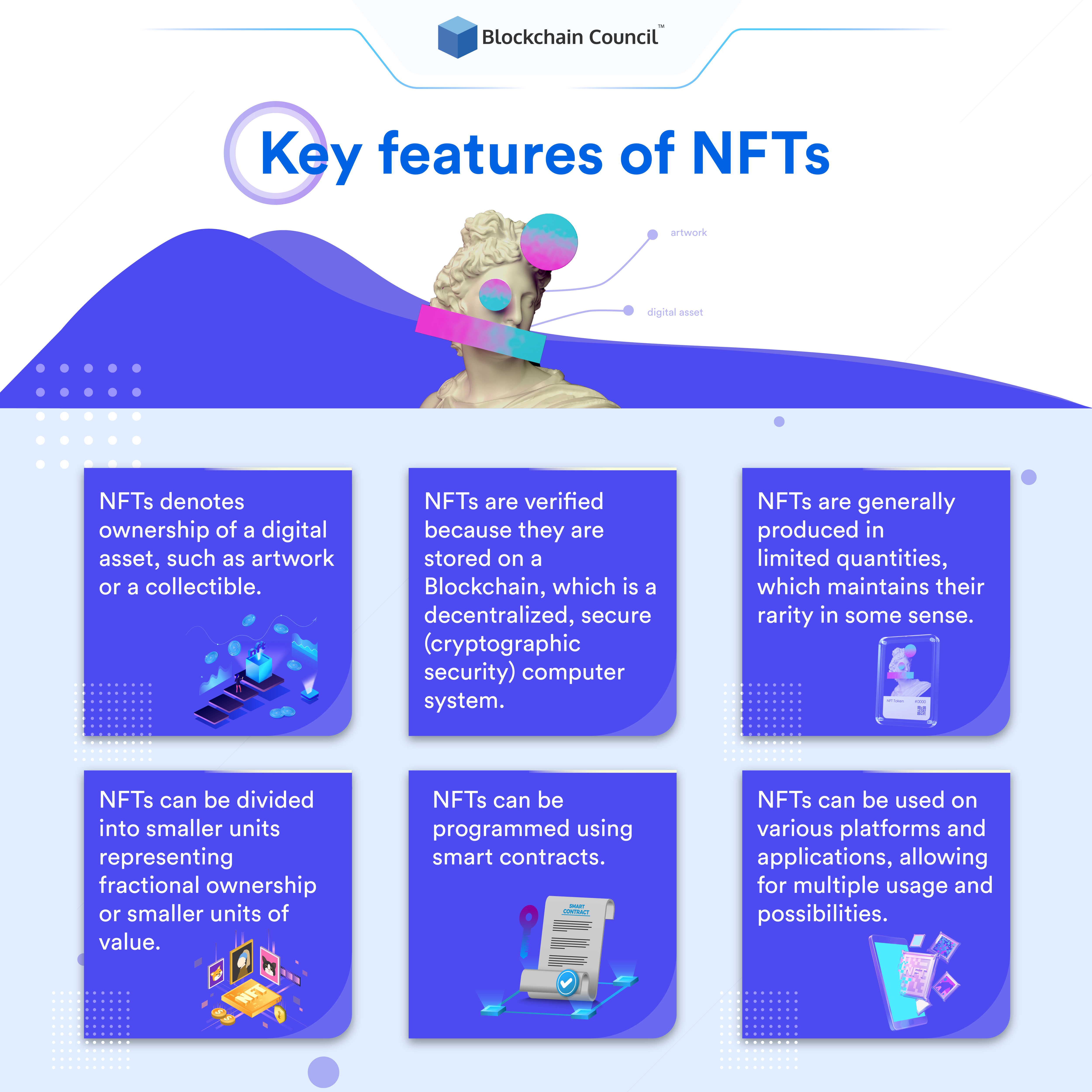
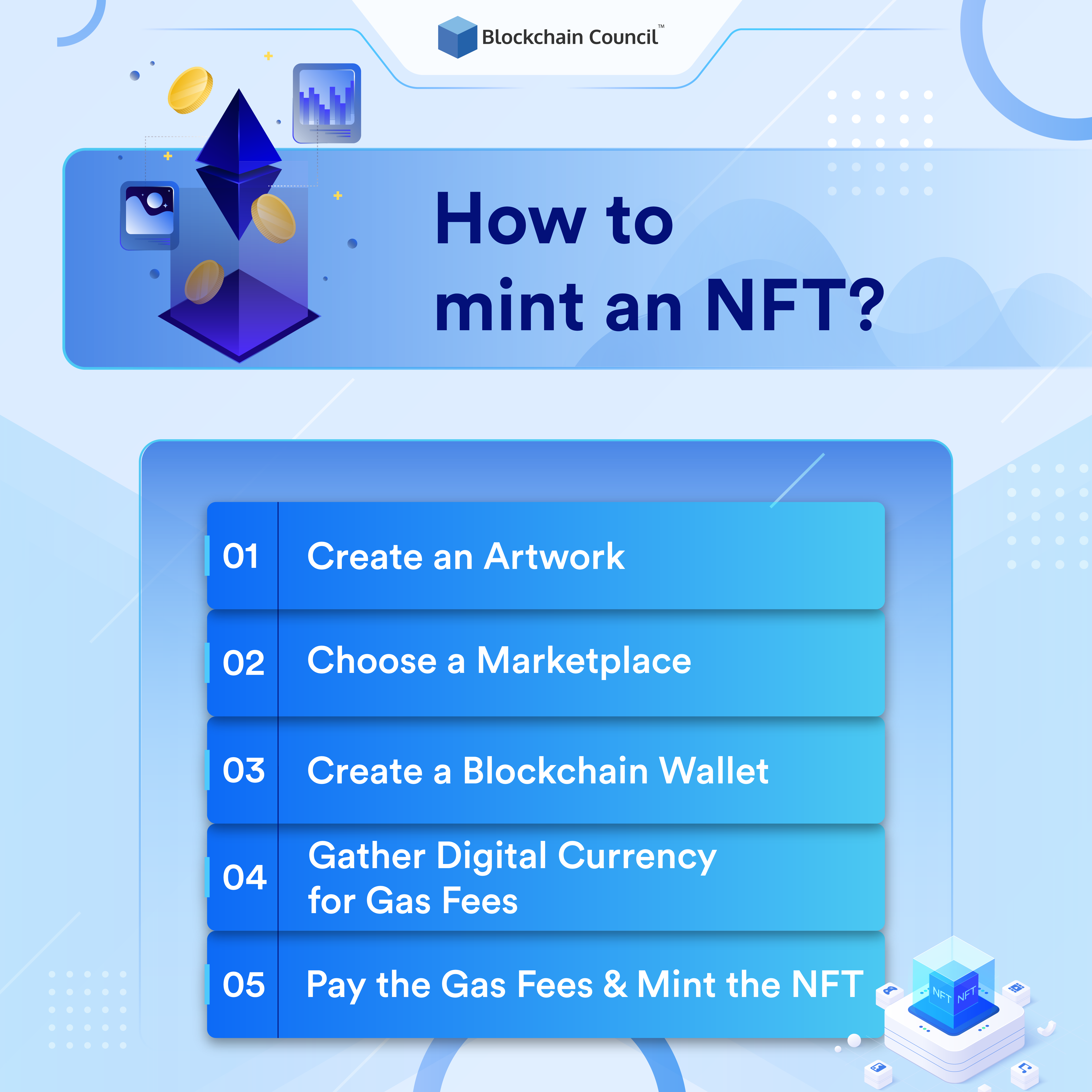
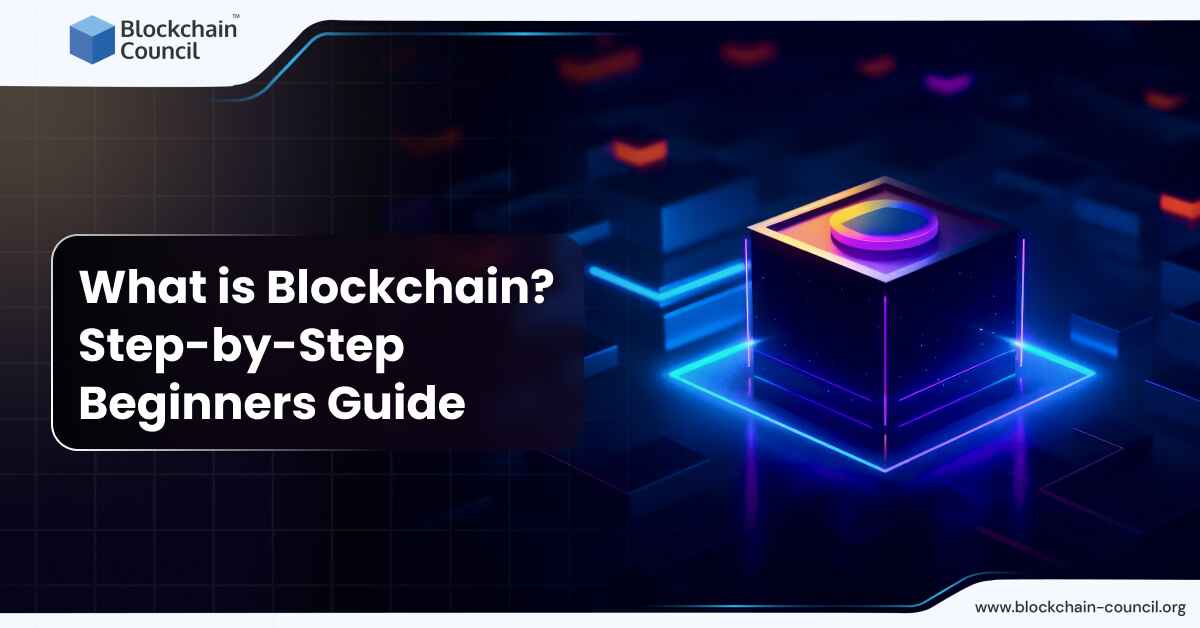
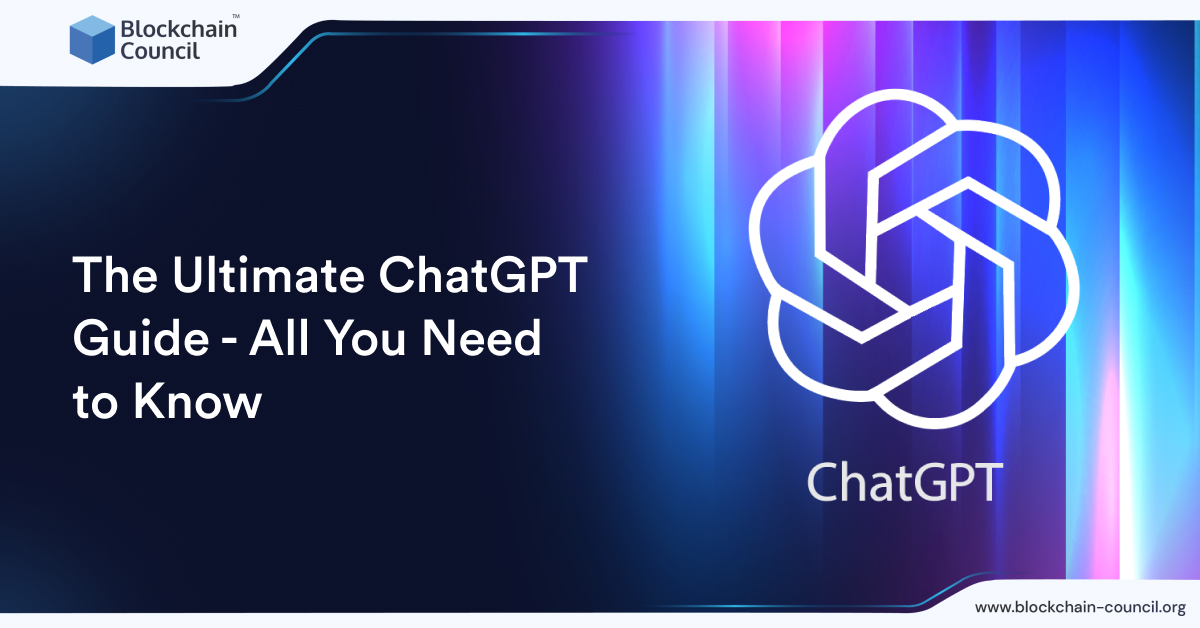
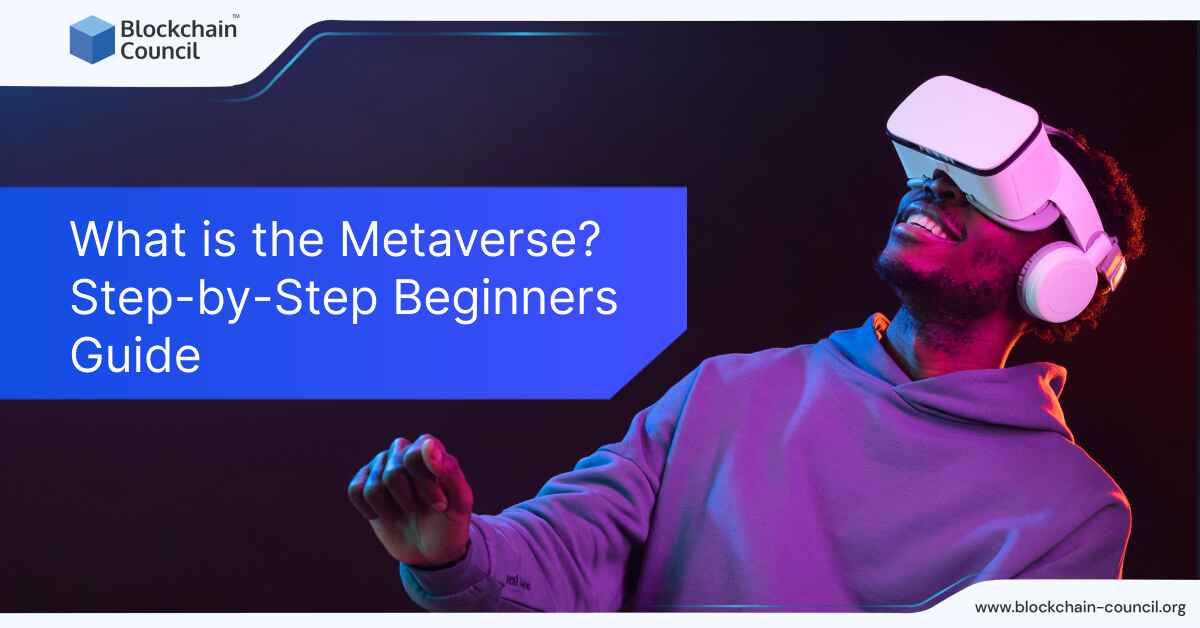

 Guides
Guides News
News Blockchain
Blockchain Cryptocurrency
& Digital Assets
Cryptocurrency
& Digital Assets Web3
Web3 Metaverse & NFTs
Metaverse & NFTs
